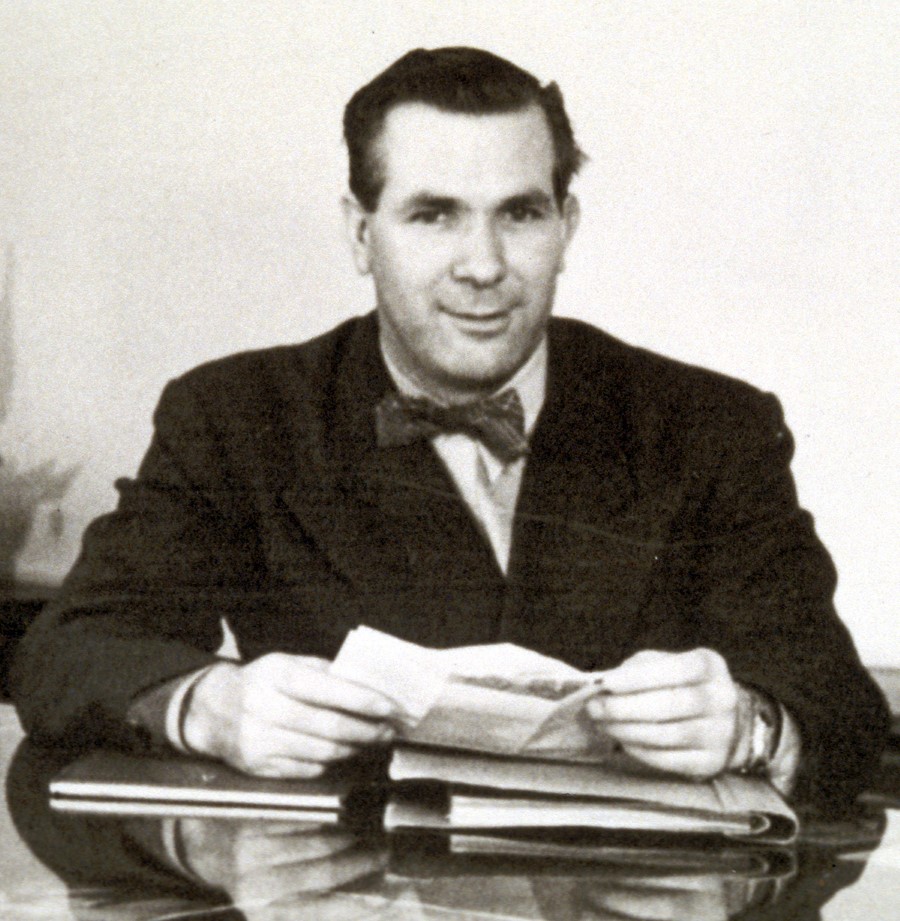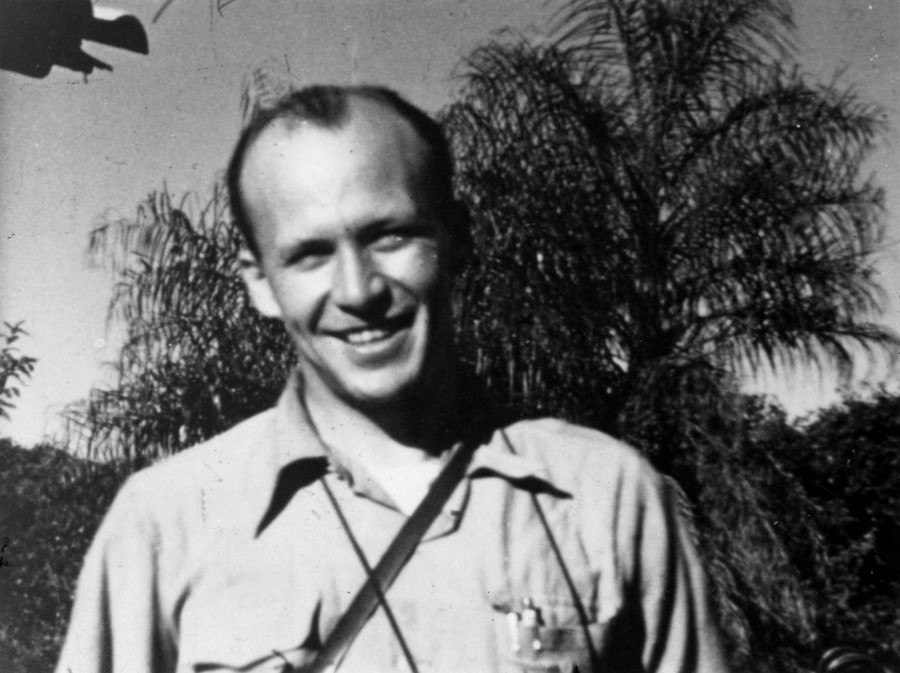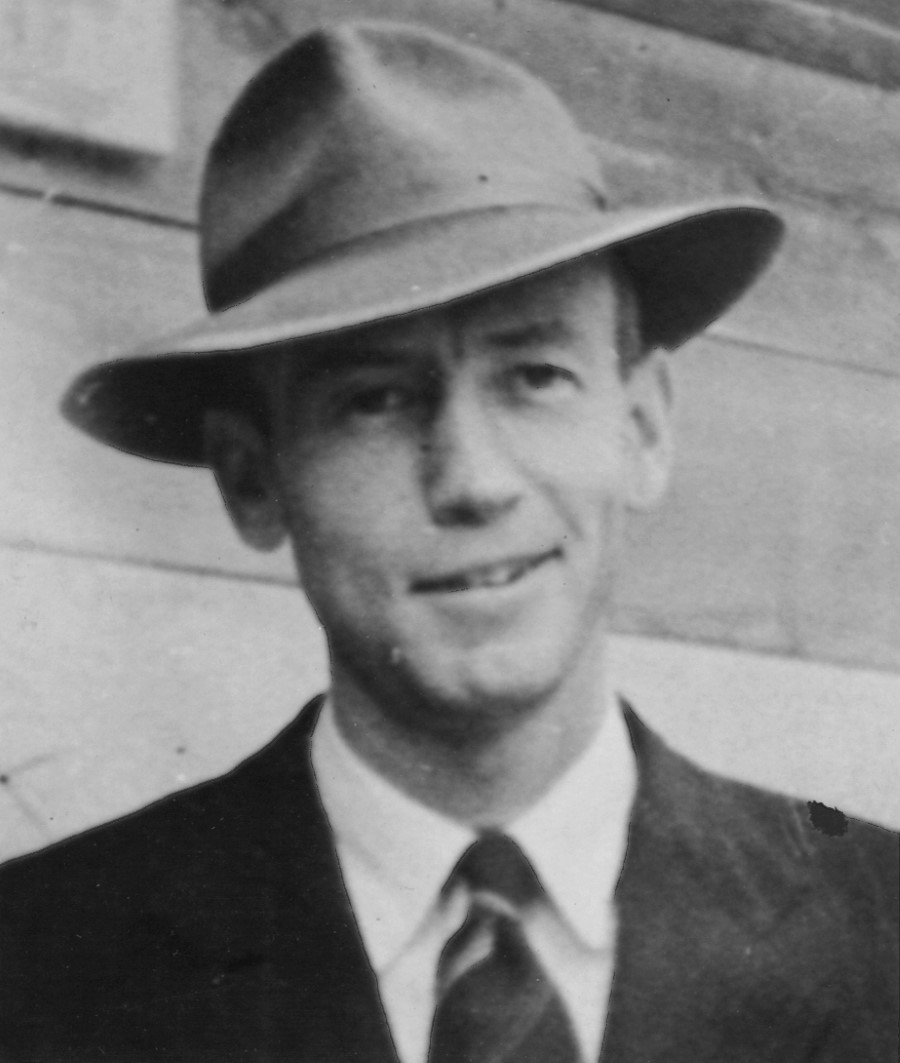PAUL FLEMING

Inspired by the ministry of Paul Rader, a football player and wrestler, Mr. Fleming gave his life for a world challenge. After his marriage to Cherrill, the two of them spent several years in British Malaya but were forced to leave due to his multiple, debilitating attacks of malaria and multiple, poisoning doses of quinine. They returned to the United States, much to Paul’s dismay.
Paul Fleming still had the burning desire to see the unreached tribes of the world reached with the gospel. The urgency of the task gripped his heart. The burden to reach the “last tribe” became a driving force in Paul’s life. And despite declining health, Paul pressed on. As he challenged people to go to the unreached, Paul found men and women who were ready to give their lives to serve the Lord on the foreign field facing rejection by the mission boards of the day — or the mission boards were ready to send them to the cities of foreign fields, but not to the remote locations where unreached indigenous people lived.
For some time, Paul had been fighting against the idea of starting yet another mission board. But as time went on, what had begun as a growing impression that there could be a need for a new channel for getting missionaries to the foreign field was fast becoming a conviction. Therefore, in the spring of 1942, Paul Fleming with three other men of like faith and desire to see the unreached people groups of the world evangelized started New Tribes Mission. Those three men were Lance Latham, M. Robert Williams and Cecil Dye.
In July of 1942, the first Executive Committee meeting of New Tribes Mission took place in Camp Mishawana in Michigan. It was at this meeting that Paul was selected as the director of NTM.
Paul Fleming died in the airplane crash of the Tribesman II, NTM’s C-47, on November 21, 1950.
CECIL A. DYE

Raised in a Christian home, Cecil attended Bible school and then a Christian university with plans to enter the ministry. But after graduating, the pull of secular business was strong. Living in the bustling city of Detroit, he saw how his skillset blended well with the secular business world. Thoughts of ministry faded into the background as his life became consumed by these interests.
It took a near-fatal burst appendix to turn his eyes back to God — and it also introduced him to his future wife. He knew God had other things for him. Knowing he was headed to the mission field, and not willing to risk veering from the course again, Cecil sat down and had a heart-to-heart talk with Dorothy Gray. He loved this woman and was ready to propose, but he needed to know she was willing to be a missionary right alongside him before he could take the relationship to the next level.
He didn’t have anything to be worried about. Dorothy was ready to say yes on both counts. The two were married and began the journey into missions together. The problem was no mission board would send them into pioneer missions. Then they met Paul Fleming; the Dyes and Paul shared not only a mutual determination to give their lives unreservedly for world evangelization but a mutual desire to see others become effective channels in God’s hands.
Cecil was part of the founding group of men who started New Tribes Mission in 1942. Indeed, he was one of the original four men on New Tribes Mission’s first committee. When the first Executive Committee meeting took place in July of 1942, he was named NTM’s foreign field representative.
Cecil Dye was one of five missionaries who lost their lives in NTM’s first endeavour, attempting to contact the Ayorés in Bolivia in 1943. Martyred with Cecil were his brother, Bob Dye, along with George Hosback, Dave Bacon and Eldon Hunter.
J. RUSKIN GARBER

In 1945, New Tribes Mission took a step of faith and decided to publish Brown Gold on its own. Miraculously God provided all the equipment that was needed to do the printing. Not only did God provide the equipment necessary, He also supplied qualified people to do the printing. J. Ruskin Garber, who really knew the printing business, was challenged into the work and arrived in Chicago in time to set up the first issue of Brown Gold printed by New Tribes Mission. He became the first full-time manager of Brown Gold Publications.
Besides being the manager of the Publications Department, Garber was also overseeing the finances from the main office. He served on the Executive Committee and became the Mission’s director after Paul Fleming died.
PAUL GIFFORD

Paul Gifford was a New Tribes Mission missionary candidate in training at the Fouts Springs, California, training centre in 1953. It is interesting to note that his father donated the land on which the Canadian training centre was built in 1951 in Enderby, British Columbia.
In July of 1953, Paul was on the first of two volunteer fire crews that New Tribes Mission sent to help fight the Rattlesnake Fire in the Mendocino National Forest located just north of the training centre. After it appeared that the main fire was contained, 25 men were sent to make sure that spot fires had been contained. The wind shifted and the fire exploded to life. Paul Gifford, a 32-year-old single man, was one of 15 men — 13 from NTM — who perished in the blaze.

